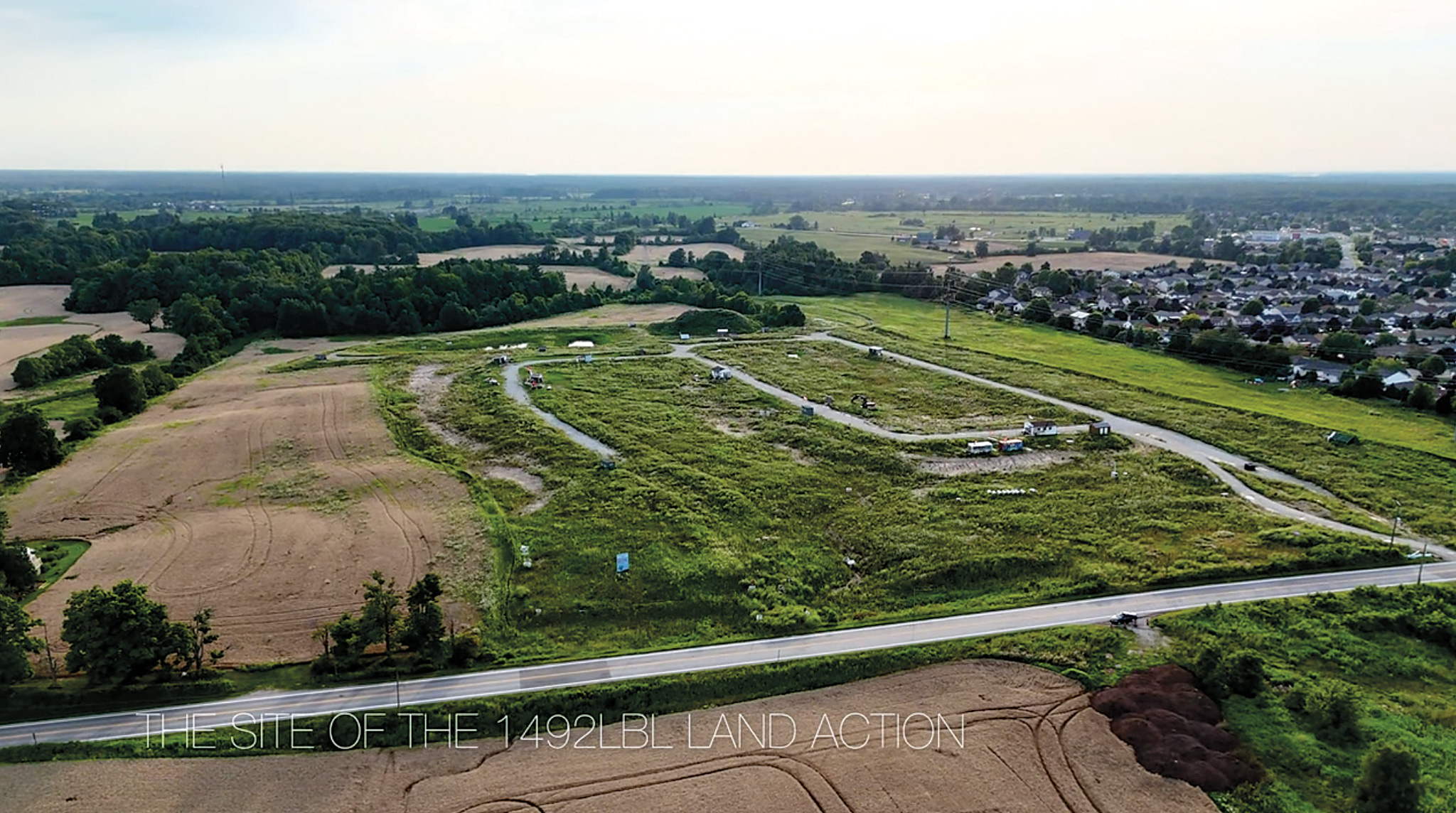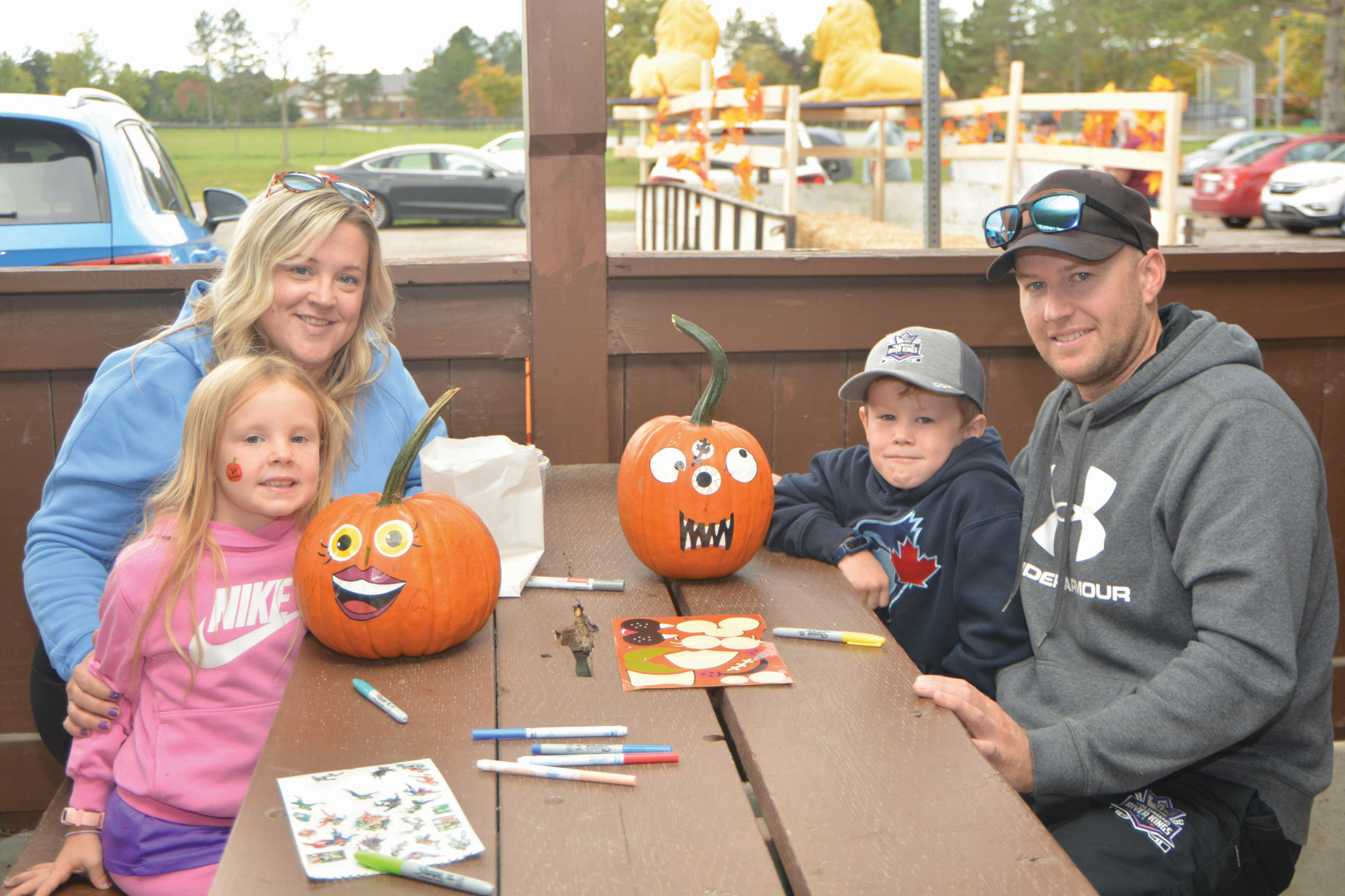HALDIMAND—During The Press’ year-end review with Haldimand Norfolk MPP Bobbi Ann Brady, she discussed a recent meeting with a local group looking to tackle the issues of homelessness and drug addiction in the area.
“It’s largely parents who may have lost a loved one due to opioid addiction or have seen loved ones living on the street or couch surfing. We’re exploring ideas at this point,” said Brady.
Curiosity piqued, The Press requested Brady go a little more in-depth on the discussion this group had and where it might lead. Billing the group a ‘task force’, Brady laid out a vision for what she views as a potentially more impactful way to support these vulnerable members of our community.
“When I was in Peterborough last year, there was something going on at every corner. One had people camping out in tents, on the next corner they were handing out needles or methadone; I’m not sure what it was, but it made me think, how did we get to this point?” asked Brady. “We don’t see a whole lot of increased supports for people with mental health. I continually have parents telling me that they can’t get the help they need for their kids right away for mental health.”
“It’s time we stop sugar coating this issue,” said Brady, who noted that while the Province has invested a lot of money in mental health in recent years, including a $28 million pledge made in 2015. “Where is the return on investment on that? The problem has gotten worse.”
Brady would like to see that money redirected to a “more hands-on approach” instead of continuing to fund agencies “just to continue to do what they’ve been doing.”
“The problem we’re seeing in Ontario right now … is much more serious than ‘we’ll do an intake and make an appointment’. We’ve got to do something a little more aggressive, in my opinion,” she continued. “The money is there.”
Brady is hoping to find support for the idea of running a “small pilot project” in the region that would see those suffering from homelessness and/or drug addiction who are interested in seeking treatment being housed under one roof with multiple support services readily available in the building to help. She sees this project utilizing an existing, but unused building.
“Right now, we have silos. We have an agency that does this, an agency that does that. Put all those people under one roof,” said Brady. “All the help you need is right there on the main floor.”
She knows that a significant portion of provincial funding for mental health is being driven toward people suffering in their homes from disorders like anxiety and depression, but “that’s a whole separate ball of wax as opposed to what I’m talking about.”
Brady shared her thoughts on Lawson House, the privately-owned supportive housing building that is not supported by any level of government and saw an overdose and a violent altercation in November 2023.
“That’s a bad, bad model,” she said. “You can’t just put folks in a residence and expect them to get better. Sure, you’re giving them a place to stay, but without the proper supports it’s like a dog chasing its tail.”
Realistically, Brady knows that getting such a project off the ground and making it sustainable in the long-term would require “all levels of government” working together.
To those who feel that funding facilities like the one Brady envisions shouldn’t fall on taxpayers shoulders, Brady countered, “Right now as a taxpayer, you and I are paying incredible amounts of money to assist these folks through the OPP (and) healthcare services like ERs.”
She continued, “We need to put them in one place with all the resources for assisting them, right from addiction to getting gainful employment. Put that all under one roof, and I suspect there would be a huge savings in resources if we did that.… It’s one-stop shopping. They get the help that they need.”
Brady is hopeful that the idea gains traction, noting that members of her group have “resources to do a small pilot project,” but would still need to approach the Province to see if they are willing to buy-in.
Should the pilot project work, Brady sees the potential for large-scale adoption of the model: “Instead of having 40 different places where we are splitting all our resources, have a few very large places where we can put all our resources. We need a lot of resources to help these folks.”
She said her group would be reaching out to prominent members and organizations of the community, including Haldimand Norfolk Housing Corporation, in the coming months to discuss the idea.
“We need to find a way so these people living on the streets or addicted to opioids are not continually in our ERs, not continually being picked up by our police and then sent out the next day,” concluded Brady. “We need to try something, see if it works, and if it doesn’t, we need to try something else.”





